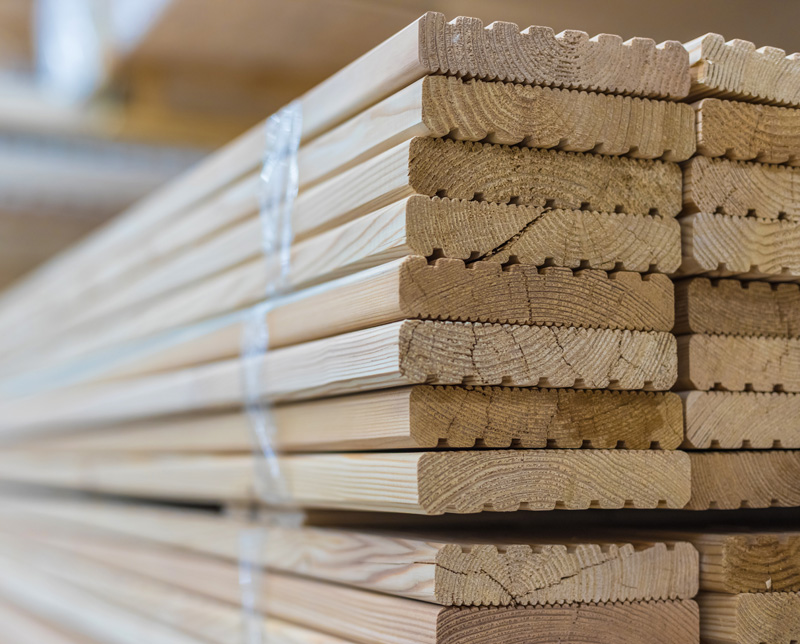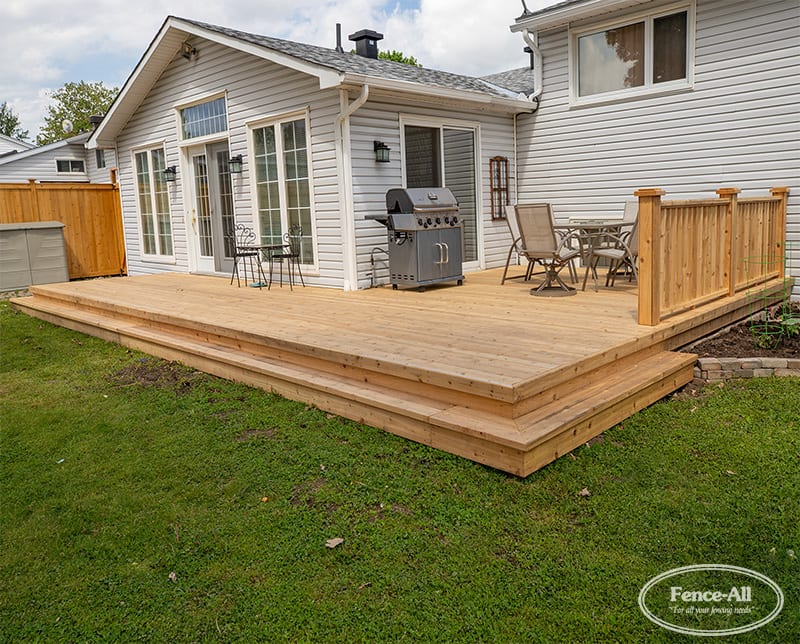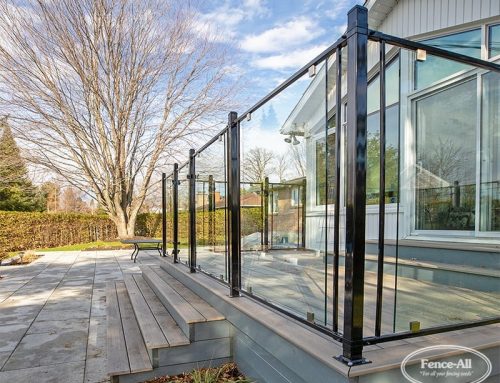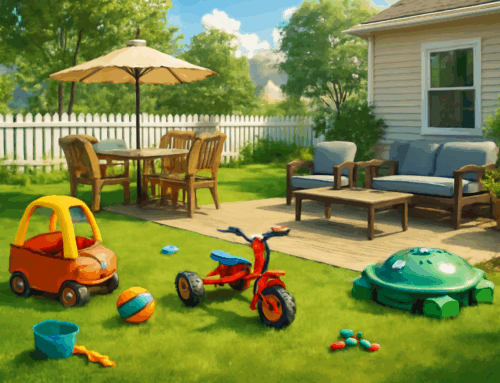Most deck timber has grooves that run the length of the boards. The boards are often installed with these grooves facing upwards in the belief that it’s more attractive or that they provide traction for foot traffic. Those beliefs are incorrect: deck boards should be installed with the ridges on the bottom. It might seem like a trivial matter, but this decision can impact the performance and longevity of your deck.
Airflow and Moisture Management
Positioning deck ridges downward enhances airflow and promotes effective moisture management. The ridges on deck boards are designed to allow air to circulate between the boards. This airflow helps prevent moisture from getting trapped beneath the boards, which can lead to issues such as rot, decay, and the growth of mold or mildew.
By placing the deck ridges facing downward, any water or moisture that accumulates on the surface of the boards will be less likely to seep into the grooves and sit there. Instead, gravity will encourage the water to flow off the deck, reducing the chances of long-term moisture damage. It’s a simple and effective way to keep your deck dry and stable.
Structural Strength
Another important consideration is the impact of ridge orientation on the structural strength of the deck. Placing the ridges facing down provides a more robust and stable platform. This configuration helps distribute weight evenly and minimizes the potential for sagging or warping over time.
With the ridges facing downward, the deck boards are less likely to shift or become loose due to foot traffic, extreme weather conditions, or other factors. This enhanced support and durability are compromised if the deck boards are installed with the wrong side up.

When installed the side with the ridges should be facing down.
More questions?
If you have more questions about decks or other subjects, we’re happy to answer them. Call 613-736-1122 or click the chat button on the right during business hours.







